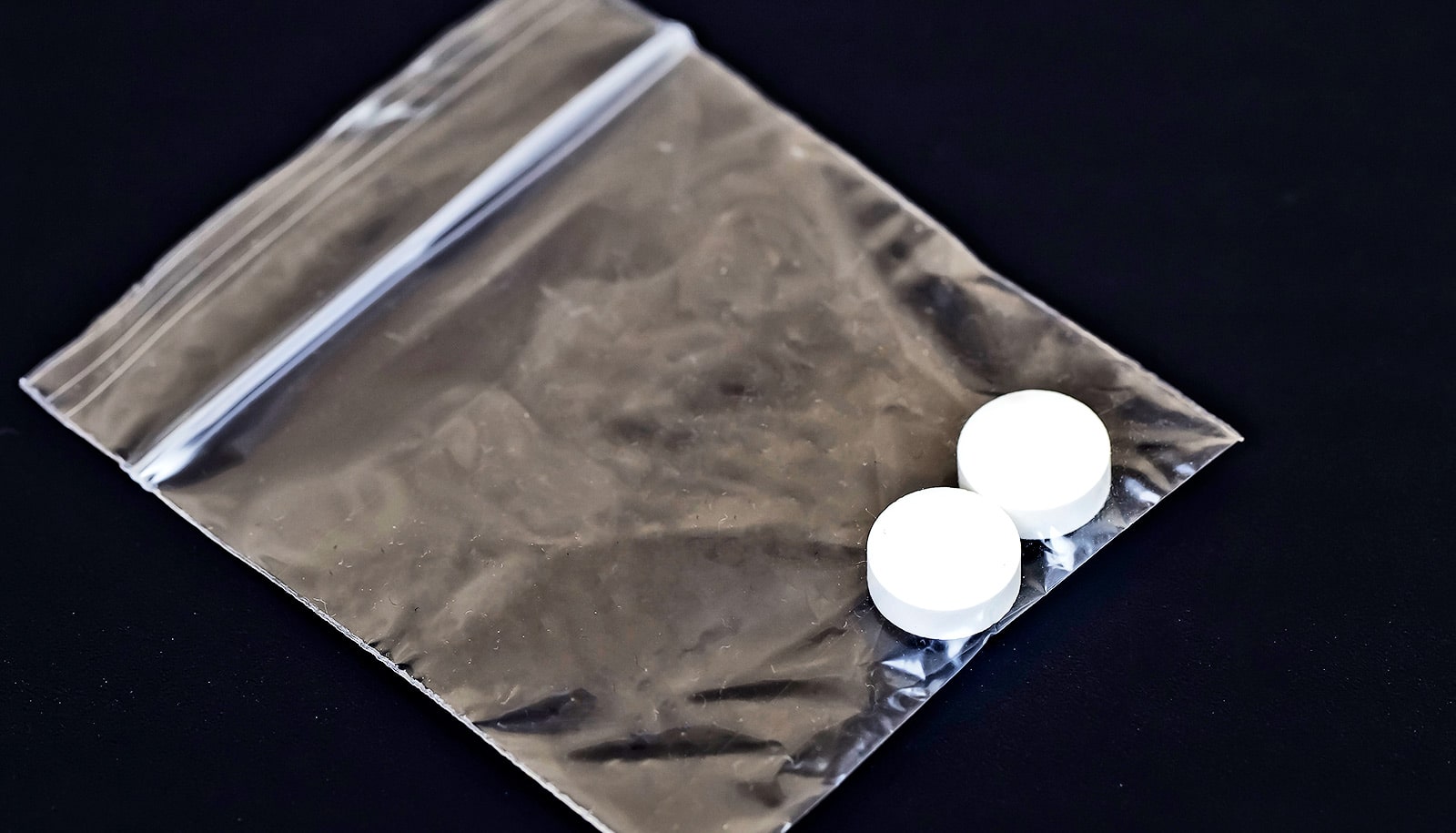Scientists have, for the first time, used a diagnostic technique that they believe has the potential to determine opioid-addicted patients who are more likely to relapse.
Using an algorithm that looks for patterns in brain structure and functional connectivity, researchers were able to distinguish prescription opioid users from healthy participants. If treatment is successful, their brains will resemble the brain of someone not addicted to opioids.
“People can say one thing, but brain patterns do not lie,” says lead researcher Suchismita Ray, an associate professor in the health informatics department at Rutgers School of Health Professions. “The brain patterns that the algorithm identified from brain volume and functional connectivity biomarkers from prescription opioid users hold great promise to improve over current diagnosis.”
In the study in NeuroImage: Clinical, Ray and her colleagues used MRIs to look at the brain structure and function in people diagnosed with prescription opioid use disorder who were seeking treatment compared to individuals with no history of using opioids.
The scans looked at the brain network believed to be responsible for drug cravings and compulsive drug use. At the completion of treatment, if this brain network remains unchanged, the patient needs more treatment.
“Our approach was able to segregate prescription opioid users from healthy participants based on both brain volume and functional connectivity data. We would not have been able to detect functional connectivity differences between the groups without the machine learning analysis,” Ray says.
“Opioid use disorder has reached epidemic proportions in the United States, raising an urgent need for diagnostic biological tools that can improve predictions of disease characteristics.”
Individuals with opioid use disorder are currently diagnosed based on self-reporting data they provide, which researchers say can be subject to biases. This machine learning algorithm, which quickly mines massive amounts of data, offers the potential to detect whether brain functional connectivity and structure in a recovering opioid user have returned to normal or near-to-normal levels following treatment.
Given the high rate of overdose deaths and relapse in opioid users, it is crucial to accurately diagnose opioid-addicted patients to improve treatment outcome and avoid overdose deaths, the researchers say.
Source: Rutgers University


